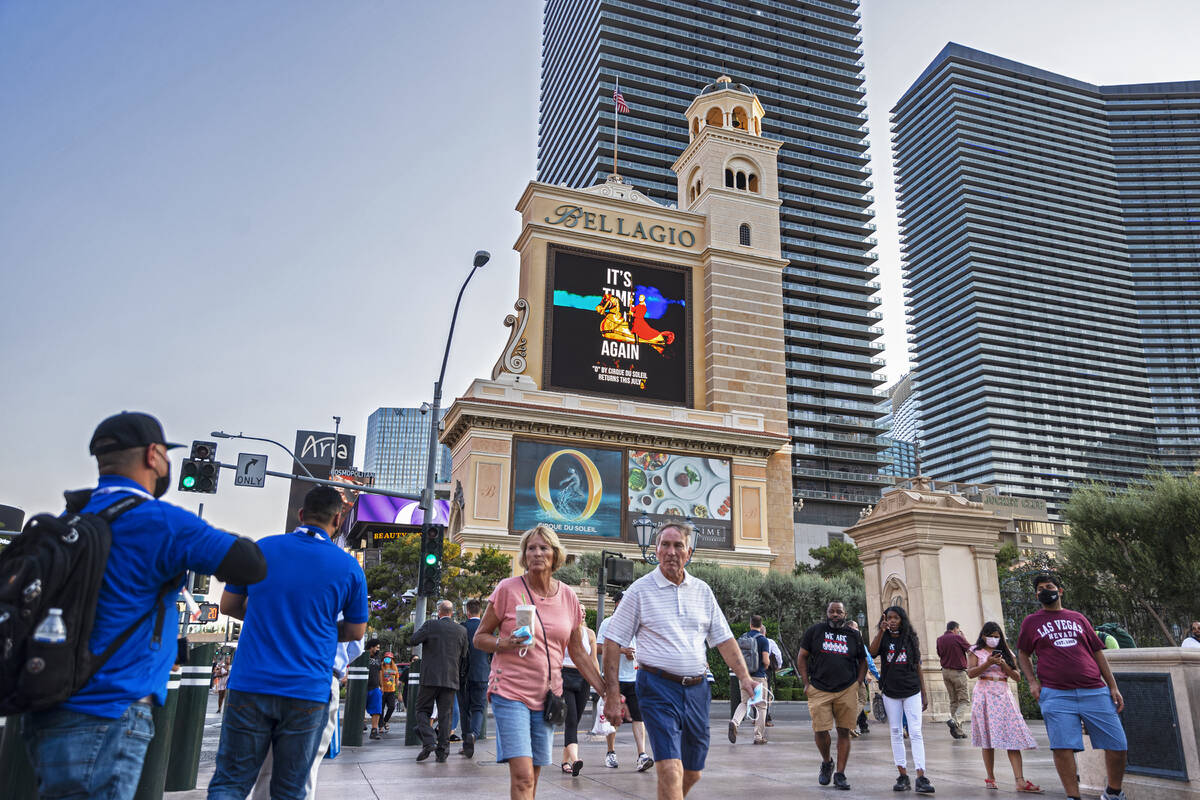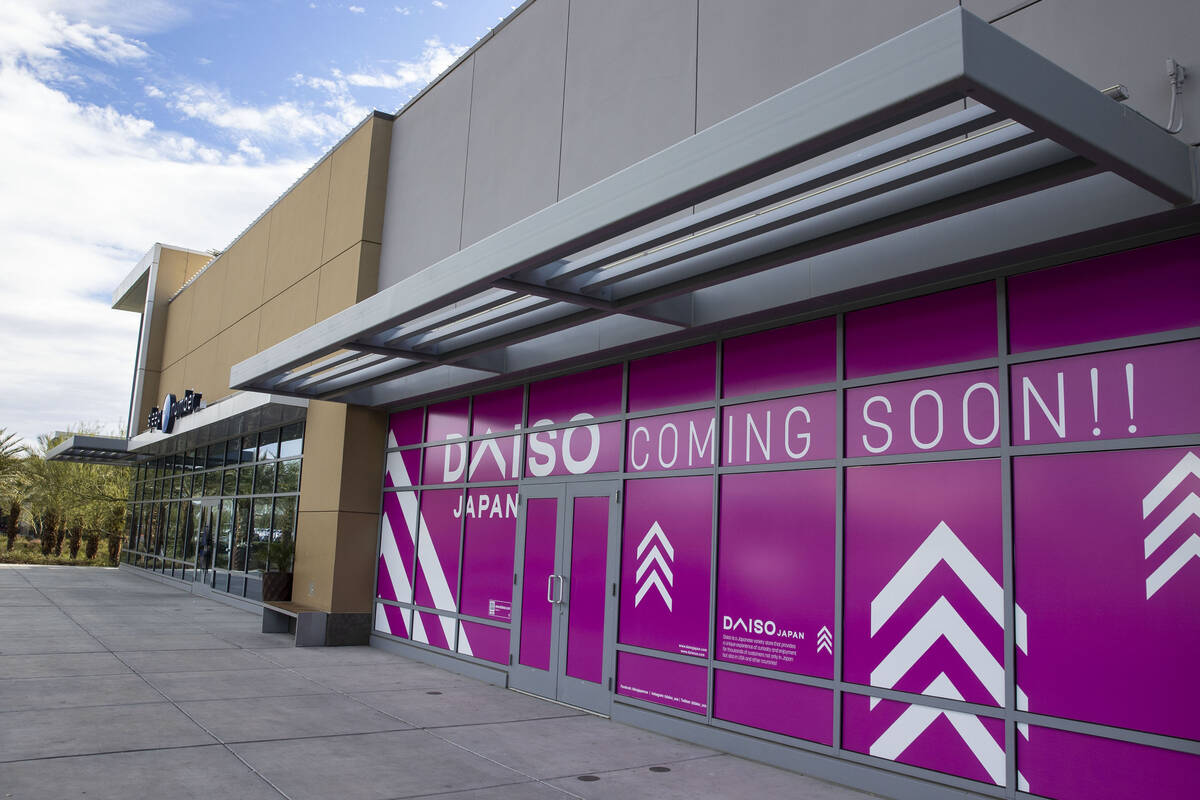Smart move, MGM.
Last week, the Strip’s biggest employer surprisingly announced that it was taking over operations for The Cosmopolitan of Las Vegas for $ 1.625 billion.
It’s part of a larger $ 5.65 billion real estate deal for Blackstone using a method that’s in vogue in the gaming industry these days: a group of investors buy the property under The Cosmopolitan, and MGM gets the operation.
In return, under the 30-year contract with three 10-year options, MGM would pay an annual rent of $ 200 million to the investment group, which includes a Blackstone Real Estate Investment Trust and the Family Trust of the founders of Panda Express.
The Blackstone Group bought The Cosmopolitan seven years ago for $ 1.73 billion, making a nice profit. Former MGM CEO Jim Murren came up with the idea of buying The Cosmopolitan years ago, but nothing came of it until last week.
The deal has yet to pass the regulatory patterns, likely early 2022, but Brendan Bussmann, director of government affairs at Las Vegas-based Global Market Advisors, believes it will happen.
“The average visitor saw Cosmo as part of the CityCenter complex,” said Bussmann. “Now you can create some real synergy between this side of the strip from Bellagio South.”
A clever deal
The deal is clever on so many levels.
MGM is maintaining its “assets-light” strategy, which was introduced five years ago. The company must pay an annual rent and generate income from the casino, hotel, and all other assets in the building.
Once the Cosmopolitan deal is closed, MGM would only have one property – MGM Springfield, Massachusetts – that the company would own. But in regulatory hearings, company officials said a real estate company would buy Springfield by the end of the year, which would make MGM a tenant at 100 percent of its resorts.
MGM gets its fair share of customer traffic from the mature, well-established baby boomer. Now the company can nurture a younger generation as The Cosmopolitan has grown into a hipster oasis since it opened in 2010.
While The Cosmopolitan of Las Vegas is considered a luxury hotel, there is no doubt that MGM could entice some of its new younger customers to move up to Bellagio through loyalty programs.
Take a look at the geography of the deal.
From north to south, MGM’s holdings along Las Vegas Boulevard would include Bellagio, Cosmopolitan, CityCenter – Aria, and the non-gaming Vdara – Park MGM, New York-New York, Excalibur, Luxor, and Mandalay Bay.
Pretty much everything is side by side on the west side of the Strip, except for one secluded property, The Mirage.
The company’s only property on the east side of the boulevard: MGM Grand.
The Caesars constellation
Now take a look at its biggest competitor, Caesars Entertainment Inc. On the east side of the Strip, it has established itself in the same way with Harrah’s Las Vegas, The Linq, Flamingo, The Cromwell, Bally’s, Paris Las Vegas, and Planet Hollywood.
The lonely property on the west side of the Strip: Caesars Palace, the company’s flagship and best-known asset.
Caesars also has the benefit of easy access to a transportation system it didn’t have to build, the Las Vegas Monorail, which is owned by the Las Vegas Convention and Visitors Authority. If a big chunk of the gaming industry’s future lies in group sales for conventions and trade shows, Caesars is ready: there’s a monorail stop at the huge Las Vegas Convention Center and the company’s not-even-broken Caesars Forum.
MGM’s takeover of The Cosmopolitan gives him 3,000 recently renovated rooms near where MGM envisioned another hotel tower.
Do you remember the Harmon Hotel, the 400-room building with another 267 condominiums and a spa?
It was the last planned property in the CityCenter, but it was doomed to failure due to structural defects and unceremoniously dismantled instead of being imploded like so many classic Vegas resorts. A lawsuit in a civil lawsuit released both MGM and its contractor from paying what is likely to be a nine-digit severance payment.
Another result of buying MGM is blocking a potential new strip competitor. It has been well reported that one potential buyer for a seat on the Strip is Hard Rock International, a gaming company owned by the Seminole Indian Tribe in Florida.
The Seminoles would like to set up a third tribal company in Las Vegas, but unlike the off-strip Virgin Hotels Las Vegas – casino operated by Mohegan Gaming and Entertainment – they want to be on Las Vegas Boulevard. and the Palms bought by the San Manuel Band of Mission Indians of California. Incidentally, the San Manuel Group took a big step this month, hiring a former MGM executive, Cynthia Kiser Murphey, as general manager once this transaction is closed later this year.
As luck would have it, the CEOs of Hard Rock International, Jim Allen, and MGM, Bill Hornbuckle, along with Wynn Resorts Ltd. Lead CEO Matt Maddox on the same stage for a panel discussion on gaming issues at the Global Gaming Expo on Wednesday.
We hope they talk about some of these deals that are changing the strip.
Contact Richard N. Velotta at rvelotta@reviewjournal.com or 702-477-3893. Follow @RickVelotta on Twitter.













